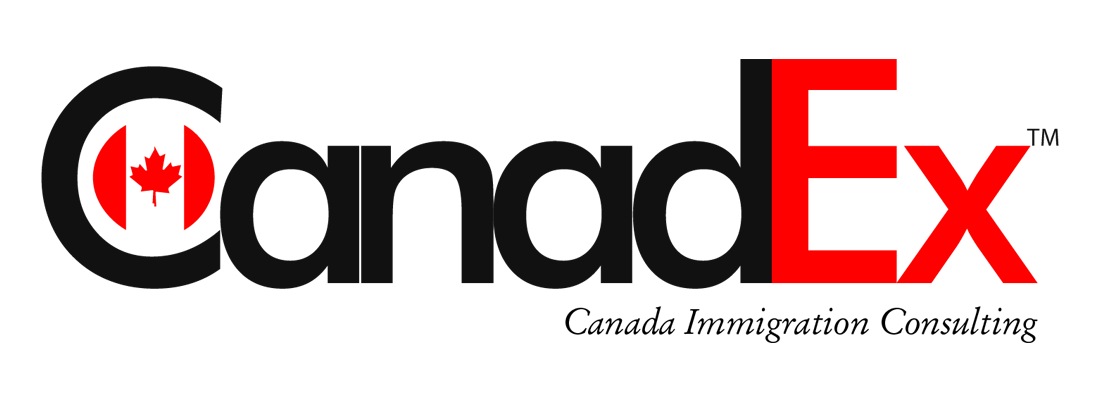In the upcoming nine years, Canada is gearing up to tackle a challenge: a scarcity of graduates and immigrants well-versed in repairing heating, ventilation, and air-conditioning (HVAC) systems. This dearth of skilled workers is projected to outstrip the industry’s demand, presenting a golden opportunity for foreign nationals aspiring to migrate to the Great White North.
Click Here For A Free Assessment
This year, a notable transformation swept through the Immigration, Refugees, and Citizenship Canada (IRCC) framework. This revision encompassed the identification of 82 precise job roles across varied sectors like healthcare, technology, trades, transportation, and agriculture. Among these, the spotlight shone on heating, refrigeration, and air conditioning mechanics. This shift offers foreign individuals keen on securing permanent residency in Canada a fresh avenue to explore.
A Paradigm Shift for Express Entry
Traditionally, Canada’s flagship Express Entry mechanism orchestrated draws primarily based on immigration programs, with little focus on specific vocations. However, the recent overhaul, introduced in late May, has breathed new life into the Express Entry channels – including the Federal Skilled Worker (FSW) program, Federal Skilled Trades (FST) program, Canadian Experience Class (CEC), and portions of the Provincial Nominee Programs (PNP). These channels now stand more attuned to labor market dynamics.
Former Immigration Minister, Sean Fraser, emphasized that these adjustments aim to quell persistent labor scarcities echoing across the nation. This recalibration is designed to ensure a steady stream of skilled professionals, fuel economic expansion, alleviate workforce shortages, and fortify French-speaking communities.
HVAC Worker Shortage
As the next nine years unfold, the Canadian HVAC sector braces itself for a supplemental scarcity of 500 experts proficient in heating, ventilation, and air conditioning repairs. This impending shortfall underscores the exigency of addressing the existing labor gap. The Jobbank, a platform tailored for job searches and career strategizing, projects an anticipated 20,400 new job openings between 2022 and 2031, juxtaposed against a projected pool of 20,900 job seekers, including academic graduates, immigrants, and workforce mobility.
Initial optimism regarding the transient nature of labor scarcities in the HVAC field has given way to a sobering realization – the shortfall might endure from 2022 to 2031. By mid-August, a foray into Indeed.ca, a preeminent job-hunting platform, unearthed 1,915 listings catering to HVAC-related roles. Practitioners specializing in HVAC repair, categorized under the National Occupational Classification (NOC) 2021 system with code 72402, command a median hourly wage of $30.66. This range spans from $18 per hour to a pinnacle of $46.05, encapsulating the spectrum of potential earnings.
HVAC Opportunities Across Canada
Based on a standard 37.5-hour workweek, HVAC professionals could potentially secure a median annual income scaling up to $89,797. The Jobbank assesses job prospects as favorable in regions like Nova Scotia, Ontario, Prince Edward Island, and Saskatchewan, while moderate in other parts of the country.
The Express Entry Enigma
For individuals charting a course toward permanent residency through occupation-targeted Express Entry draws, a requisite entails a minimum of six months of continuous work experience within the last three years, in one of the stipulated vocations. This experience can be gleaned from either serving as a temporary foreign worker in Canada with a valid work permit or as an international student armed with a valid student visa.
A Vision of Occupation-Focused Draws
Canada’s intention to initiate occupation-specific draws via the Express Entry system emerged in June of the preceding year. Legislative modifications to the Immigration, Refugee, and Protection Act paved the way for invitations founded on specific vocations and other qualifying attributes, including language proficiency. While several provinces have already been issuing occupation-targeted invitations for several years, this novel approach mandates consultations with assorted stakeholders before new categories are unveiled.
Employment and Social Development Canada (ESDC) reported a twofold surge in occupations grappling with shortages between 2019 and 2021. Moreover, from 2018 to 2022, federal high-skilled admissions played a substantial role in French-speaking admissions outside Quebec, a province that independently manages its immigration intake.
We Can Help You Immigrate to Canada!!
